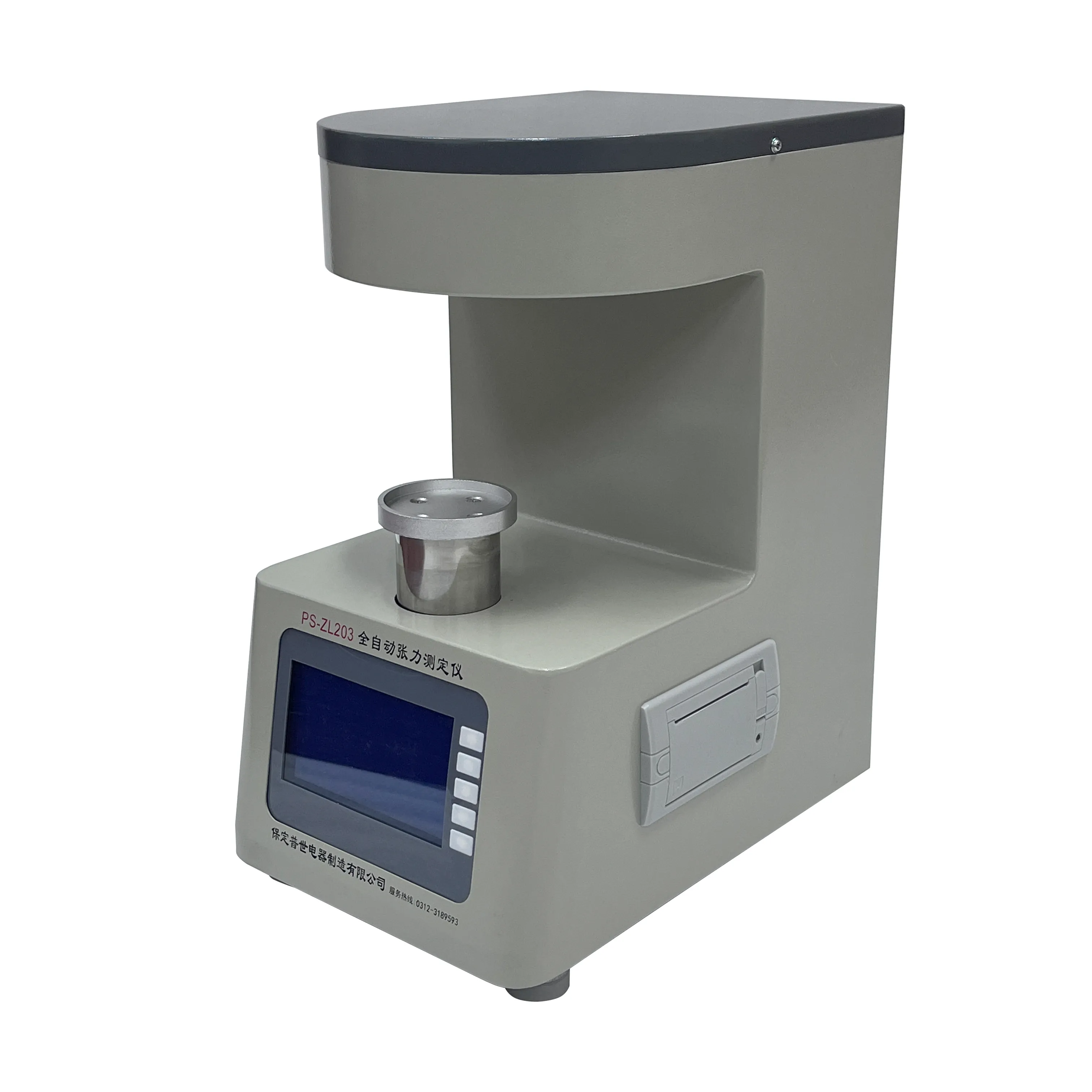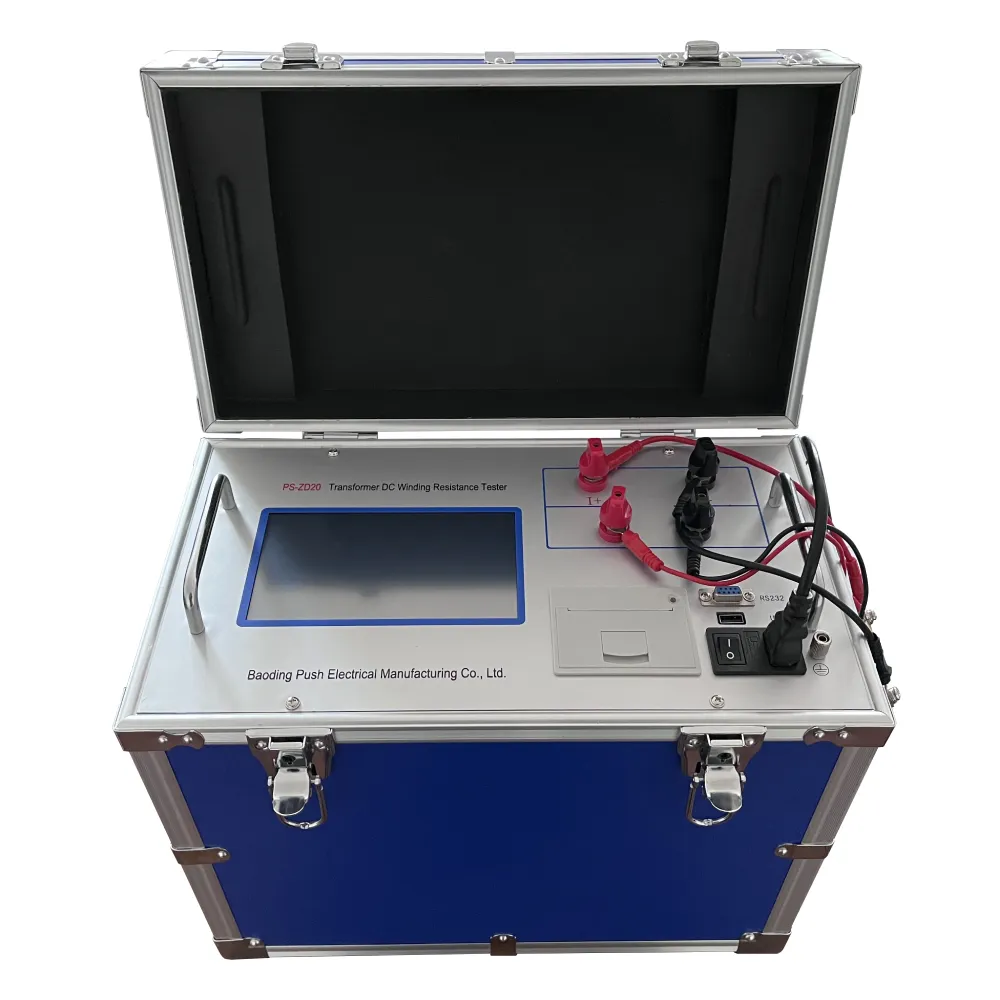 English
English



-
 Afrikaans
Afrikaans -
 Albanian
Albanian -
 Amharic
Amharic -
 Arabic
Arabic -
 Armenian
Armenian -
 Azerbaijani
Azerbaijani -
 Basque
Basque -
 Belarusian
Belarusian -
 Bengali
Bengali -
 Bosnian
Bosnian -
 Bulgarian
Bulgarian -
 Catalan
Catalan -
 Cebuano
Cebuano -
 China
China -
 China (Taiwan)
China (Taiwan) -
 Corsican
Corsican -
 Croatian
Croatian -
 Czech
Czech -
 Danish
Danish -
 Dutch
Dutch -
 English
English -
 Esperanto
Esperanto -
 Estonian
Estonian -
 Finnish
Finnish -
 French
French -
 Frisian
Frisian -
 Galician
Galician -
 Georgian
Georgian -
 German
German -
 Greek
Greek -
 Gujarati
Gujarati -
 Haitian Creole
Haitian Creole -
 hausa
hausa -
 hawaiian
hawaiian -
 Hebrew
Hebrew -
 Hindi
Hindi -
 Miao
Miao -
 Hungarian
Hungarian -
 Icelandic
Icelandic -
 igbo
igbo -
 Indonesian
Indonesian -
 irish
irish -
 Italian
Italian -
 Japanese
Japanese -
 Javanese
Javanese -
 Kannada
Kannada -
 kazakh
kazakh -
 Khmer
Khmer -
 Rwandese
Rwandese -
 Korean
Korean -
 Kurdish
Kurdish -
 Kyrgyz
Kyrgyz -
 Lao
Lao -
 Latin
Latin -
 Latvian
Latvian -
 Lithuanian
Lithuanian -
 Luxembourgish
Luxembourgish -
 Macedonian
Macedonian -
 Malgashi
Malgashi -
 Malay
Malay -
 Malayalam
Malayalam -
 Maltese
Maltese -
 Maori
Maori -
 Marathi
Marathi -
 Mongolian
Mongolian -
 Myanmar
Myanmar -
 Nepali
Nepali -
 Norwegian
Norwegian -
 Norwegian
Norwegian -
 Occitan
Occitan -
 Pashto
Pashto -
 Persian
Persian -
 Polish
Polish -
 Portuguese
Portuguese -
 Punjabi
Punjabi -
 Romanian
Romanian -
 Russian
Russian -
 Samoan
Samoan -
 Scottish Gaelic
Scottish Gaelic -
 Serbian
Serbian -
 Sesotho
Sesotho -
 Shona
Shona -
 Sindhi
Sindhi -
 Sinhala
Sinhala -
 Slovak
Slovak -
 Slovenian
Slovenian -
 Somali
Somali -
 Spanish
Spanish -
 Sundanese
Sundanese -
 Swahili
Swahili -
 Swedish
Swedish -
 Tagalog
Tagalog -
 Tajik
Tajik -
 Tamil
Tamil -
 Tatar
Tatar -
 Telugu
Telugu -
 Thai
Thai -
 Turkish
Turkish -
 Turkmen
Turkmen -
 Ukrainian
Ukrainian -
 Urdu
Urdu -
 Uighur
Uighur -
 Uzbek
Uzbek -
 Vietnamese
Vietnamese -
 Welsh
Welsh -
 Bantu
Bantu -
 Yiddish
Yiddish -
 Yoruba
Yoruba -
 Zulu
Zulu
Power Quality Measurement Devices Real-Time Monitoring & Analysis
- Introduction to Modern Power Quality Solutions
- Critical Metrics in Electrical Performance Analysis
- Technical Superiority of Next-Gen Monitoring Tools
- Comparative Analysis: Leading Manufacturers
- Tailored Solutions for Industry-Specific Needs
- Real-World Implementation Scenarios
- Strategic Value of Precision Measurement Systems

(power quality measurement devices)
Power Quality Measurement Devices: Engineering Excellence
Modern industrial operations demand precision-certified power quality measurement devices
to mitigate risks from voltage sags (15% of equipment failures), harmonic distortions (23% energy loss source), and transient spikes (responsible for 18% of unplanned downtime). Contemporary monitoring systems now achieve 0.1% voltage accuracy and 50ms sampling rates, enabling real-time detection of 156 distinct power anomalies.
Essential Parameters for System Evaluation
Advanced power quality monitoring devices track 18+ parameters simultaneously, including:
- THD (Total Harmonic Distortion) measurement ≤1.5%
- Voltage unbalance detection at 0.5% resolution
- Frequency variation tracking (±0.01Hz accuracy)
Field studies demonstrate 89% improvement in predictive maintenance accuracy when using devices with 512-bit waveform capture capability.
Technological Advancements in Monitoring Systems
Third-generation power quality measurement systems incorporate:
- AI-driven anomaly classification (94% pattern recognition accuracy)
- Multi-protocol compatibility (Modbus, IEC 61850, DNP3)
- Cybersecurity-certified data transmission (AES-256 encryption)
These systems reduce mean time to diagnosis by 73% compared to legacy equipment.
Market Leaders Performance Benchmarking
| Manufacturer | Accuracy | Channels | Compliance | Price Range |
|---|---|---|---|---|
| ElectroMetrics Pro | ±0.08% | 16 | IEEE 1159-2019 | $8,200-$12,500 |
| PowerGuard HD | ±0.12% | 24 | IEC 61000-4-30 | $11,000-$16,000 |
| VoltSense AI | ±0.05% | 32 | ANSI C12.20 | $14,500-$22,000 |
Custom Configuration Strategies
Sector-specific solutions address unique requirements:
- Manufacturing: 3-phase imbalance detection with <2% tolerance
- Healthcare: Ultra-sensitive ground loop monitoring
- Renewables: DC component analysis up to 1500VDC
Customized packages show 41% higher ROI than generic solutions in 3-year operational cycles.
Field Deployment Case Studies
- Automotive Plant: Reduced downtime 68% through harmonic filters guided by PQ-9000 monitoring array
- Data Center: Achieved 99.9997% power stability using 64-channel Sentinel X monitors
- Wind Farm: Increased turbine lifespan 19% with dynamic reactive power compensation
Optimizing Operations Through Power Quality Measurement Devices
Implementing power quality measurement systems delivers quantifiable benefits: 23% energy cost reduction, 81% reduction in capacitor bank failures, and 57% faster fault resolution. Enterprises utilizing Class A monitors (IEC 62586-2 certified) report 14-month average payback periods.

(power quality measurement devices)
FAQS on power quality measurement devices
Q: What are the primary functions of power quality measurement devices?
A: These devices analyze voltage fluctuations, harmonic distortions, and frequency variations in electrical systems. They provide real-time data to assess compliance with power quality standards like IEEE 1159. Advanced models also detect transient disturbances and phase imbalances.
Q: How do power quality monitoring devices differ from basic measurement tools?
A: Monitoring devices offer continuous data collection and trend analysis capabilities, while basic tools capture snapshots. They often include cloud connectivity for remote access and can trigger alarms for predefined power quality thresholds. Some models support predictive maintenance through machine learning algorithms.
Q: What industries benefit most from power quality measurement systems?
A: Manufacturing plants, data centers, and renewable energy facilities rely heavily on these systems. They help prevent equipment downtime in critical infrastructure and optimize energy efficiency in commercial buildings. The healthcare and telecom sectors also use them for voltage-sensitive equipment protection.
Q: What specifications should I consider when selecting power quality measurement devices?
A: Prioritize measurement accuracy (Class A vs Class S standards), sampling rates (≥128 samples/cycle), and voltage/current input ranges. Consider communication protocols (Modbus, Ethernet) and compliance with IEC 61000-4-30 standards. Software compatibility and data storage capacity are equally crucial.
Q: Can power quality monitoring devices integrate with existing energy management systems?
A: Yes, most modern devices support integration through IoT platforms and SCADA systems. They typically use standardized data formats like PQDIF for seamless compatibility. Advanced systems enable automated reporting and correlation with other facility operational data.
-
Testing Equipment Industry Sees Major Advancements in 2025: Smart & Precision Technologies Lead the WayNewsJun.06,2025
-
Applications of Direct Current Generators in Renewable Energy SystemsNewsJun.05,2025
-
Hipot Tester Calibration and Accuracy GuidelinesNewsJun.05,2025
-
Digital Circuit Breaker Analyzer Features and BenefitsNewsJun.05,2025
-
Benefits of Real-Time Power Quality Monitoring Devices for Industrial EfficiencyNewsJun.05,2025
-
Earth Fault Loop Testing in High-Rise Building Electrical SystemsNewsJun.05,2025



